Table of content
Introduction
Tea, an ancient and cherished beverage enjoyed across cultures and continents, holds a unique place in the hearts and minds of millions worldwide. Its aroma, flavor, and myriad health benefits make it a staple in many households. However, to fully appreciate the nuances of tea, it is crucial to understand how to discern its freshness. Fresh tea leaves offer a vibrant, lively taste that can be significantly diminished if the leaves are stale or have been improperly stored. This guide aims to provide a comprehensive understanding of how to determine the freshness of tea leaves, ensuring that every cup you brew is as delightful as it can be.
Understanding Tea Types and Their Freshness Indicators
Before diving into the specifics of freshness, it’s essential to recognize the various types of tea and how their freshness manifests differently. Broadly speaking, tea can be categorized into four primary types: white, green, oolong, and black. Each type undergoes unique processing methods that influence their shelf life and freshness indicators.

White Tea
White tea is the least processed of all teas, often consisting of only the youngest, most delicate tea buds and the first few leaves. Its delicate flavor and subtle sweetness are hallmarks of freshness. Look for silvery-white hairs on the buds and a light, fragrant aroma. Fresh white tea should have a light, golden hue when brewed.
Green Tea
Green tea undergoes minimal oxidation, retaining its natural chlorophyll and resulting in a vibrant green hue. Fresh green tea leaves are characterized by their bright color, fresh grassy aroma, and slightly astringent taste. When brewing, fresh green tea should produce a clear, pale green liquor.
Oolong Tea
Oolong tea falls between green and black tea in terms of oxidation levels. This semi-oxidized tea offers a complex flavor profile ranging from floral and fruity to roasted and earthy. Fresh oolong tea leaves should exhibit a rich, roasted aroma with notes of fruit and flowers. The liquor should be clear, with a golden to amber hue.
Black Tea
Black tea undergoes full oxidation, resulting in a darker leaf color and a stronger, more robust flavor. Fresh black tea leaves are characterized by their dark, glossy appearance and a rich, malty aroma. When brewed, fresh black tea should produce a deep, red-brown liquor with a robust, slightly sweet taste.
Visual Inspection: A Key to Freshness
Visual inspection is the first step in determining the freshness of tea leaves. Here are some key indicators to look for:
Color
The color of tea leaves can provide significant clues about their freshness. Fresh tea leaves tend to have a vibrant, lively color that fades over time. For example, fresh green tea leaves should be a bright, emerald green, while fresh black tea leaves should be dark and glossy. Discoloration, such as yellowing or browning, can indicate that the tea is stale.
Appearance
The appearance of tea leaves can also reveal their freshness. Fresh leaves are typically whole, unbroken, and uniform in size. Stale leaves may be broken, crumbly, or contain foreign particles. Additionally, look for signs of mold or mildew, which are clear indicators of poor storage conditions and stale tea.
Moisture Content
The moisture content of tea leaves is crucial for maintaining freshness. Fresh tea leaves should feel dry to the touch, with no signs of dampness. Moist tea leaves can lead to mold growth and a rapid loss of flavor.
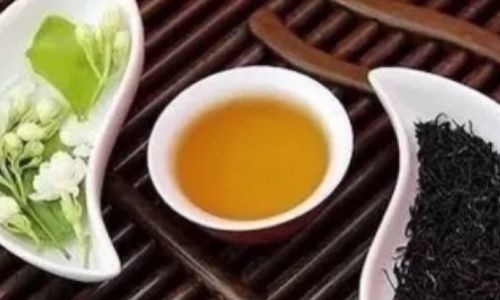
Aroma: The Unsung Hero of Freshness
Aroma is another vital indicator of tea freshness. Each type of tea has a unique aroma profile that changes as the leaves age. Here’s how to use aroma to gauge freshness:
Fresh Aromas
Fresh tea leaves typically have a bright, lively aroma that reflects their origin and processing method. For example, fresh green tea may have a fresh grassy or vegetable aroma, while fresh black tea may exhibit a malty or caramelized scent.
Stale Aromas
Stale tea leaves, on the other hand, often have a dull, musty, or even moldy aroma. These aromas indicate that the tea has lost its vitality and may have been improperly stored.
Storage-Related Aromas
Certain aromas can indicate how the tea has been stored. For instance, tea stored in airtight containers may have a slightly “closed” or “compressed” aroma, while tea exposed to air may have a faded or oxidized aroma.
Taste: The Ultimate Test of Freshness
While visual inspection and aroma can provide valuable clues, the ultimate test of tea freshness is its taste. Here’s how to evaluate the taste of fresh and stale tea:
Fresh Taste Profiles
Fresh tea leaves offer a vibrant, lively taste that reflects their type and origin. For example, fresh green tea may have a slightly astringent, grassy taste with notes of vegetables or nuts. Fresh black tea, on the other hand, may exhibit a rich, malty taste with hints of caramel or fruit.
Stale Taste Profiles
Stale tea leaves often have a dull, flat taste that lacks complexity. They may also have off-flavors such as bitterness, sourness, or mustiness. These flavors indicate that the tea has lost its vitality and may no longer be enjoyable.
Aftertaste
The aftertaste of tea can also reveal its freshness. Fresh tea leaves typically have a clean, lingering aftertaste that enhances the overall drinking experience. Stale tea, however, may leave a bitter, astringent, or unpleasant aftertaste.
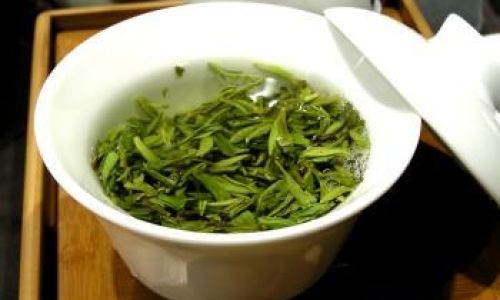
Storage Conditions: The Key to Preserving Freshness
Understanding how to store tea properly is crucial for maintaining its freshness. Here are some best practices for storing tea:
Airtight Containers
Store tea in airtight containers to prevent oxidation and moisture exposure. Glass jars, stainless steel cans, or vacuum-sealed bags are ideal options.
Cool, Dark Locations
Tea should be stored in cool, dark locations to prevent flavor degradation. Avoid storing tea in direct sunlight or near heat sources such as ovens or radiators.
Avoid Odor Absorption
Tea leaves are highly absorbent and can easily pick up odors from their environment. Store tea in containers that have been thoroughly cleaned and free of strong odors.
Use Within Shelf Life
While tea can last for several years if stored properly, it’s best to use it within its recommended shelf life to ensure maximum freshness and flavor.
Conclusion
Determining the freshness of tea leaves is a multi-faceted process that involves visual inspection, aroma evaluation, taste testing, and understanding proper storage conditions. By following the guidelines outlined in this guide, you can ensure that every cup of tea you brew is as fresh and delicious as possible. Remember, fresh tea leaves offer a vibrant, lively taste that can be significantly diminished if the leaves are stale or have been improperly stored. So, take the time to inspect, smell, and taste your tea leaves, and store them properly to enjoy the full potential of this ancient and cherished beverage.
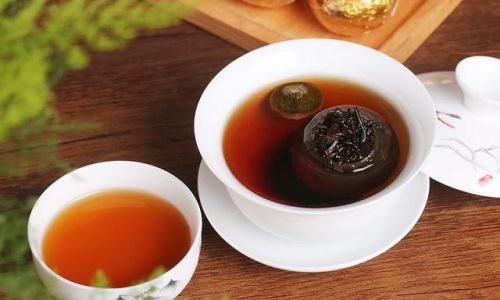
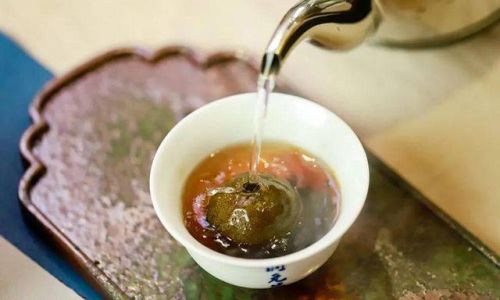
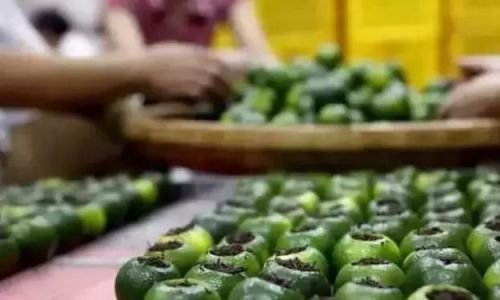
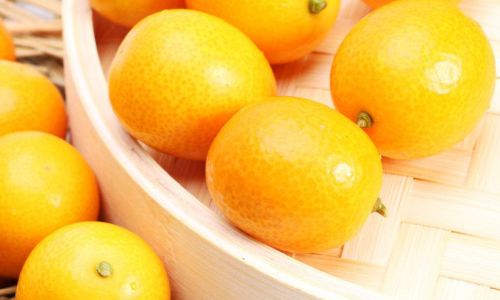
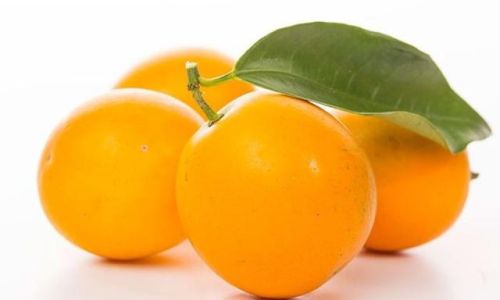

0 comments